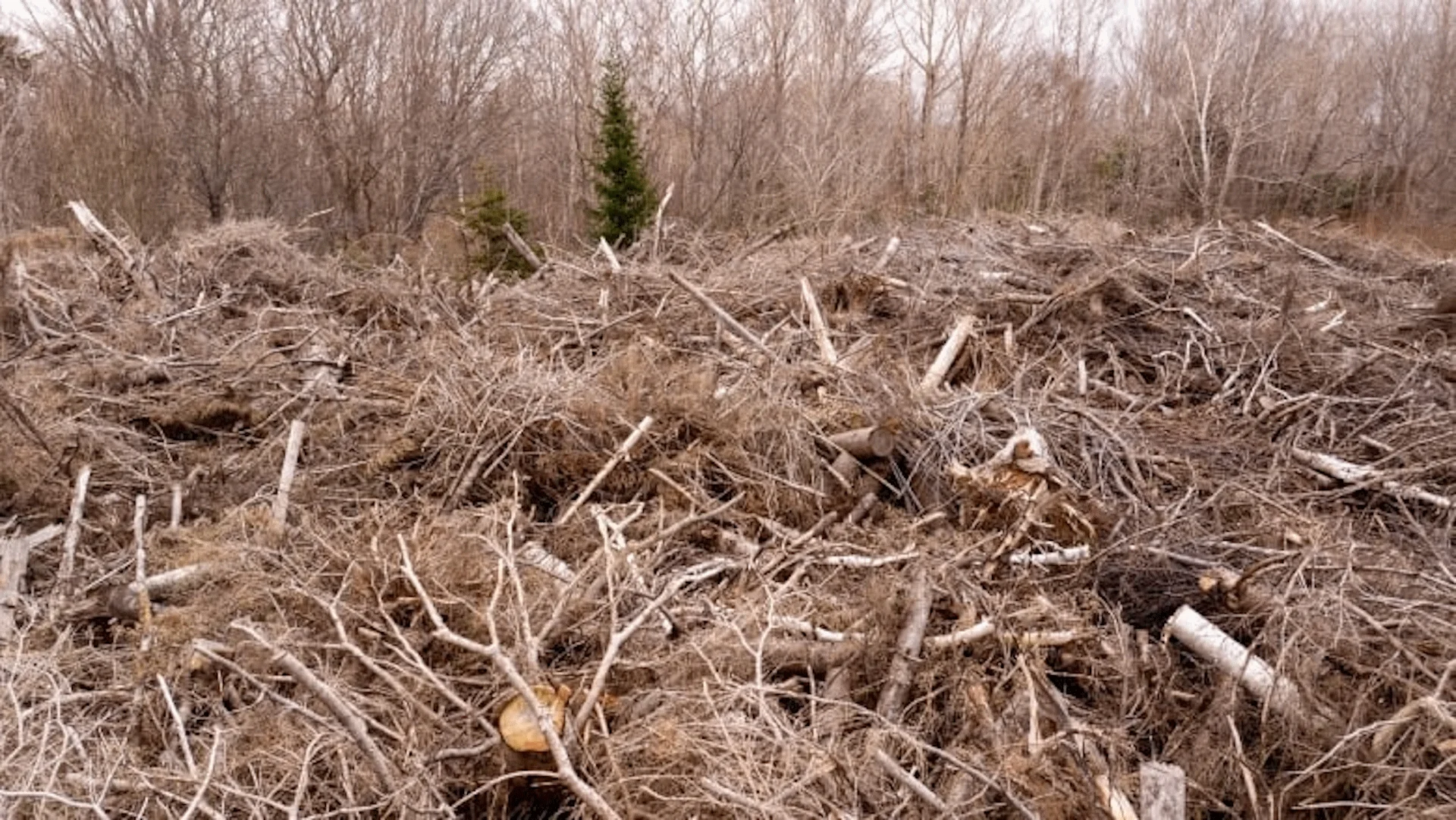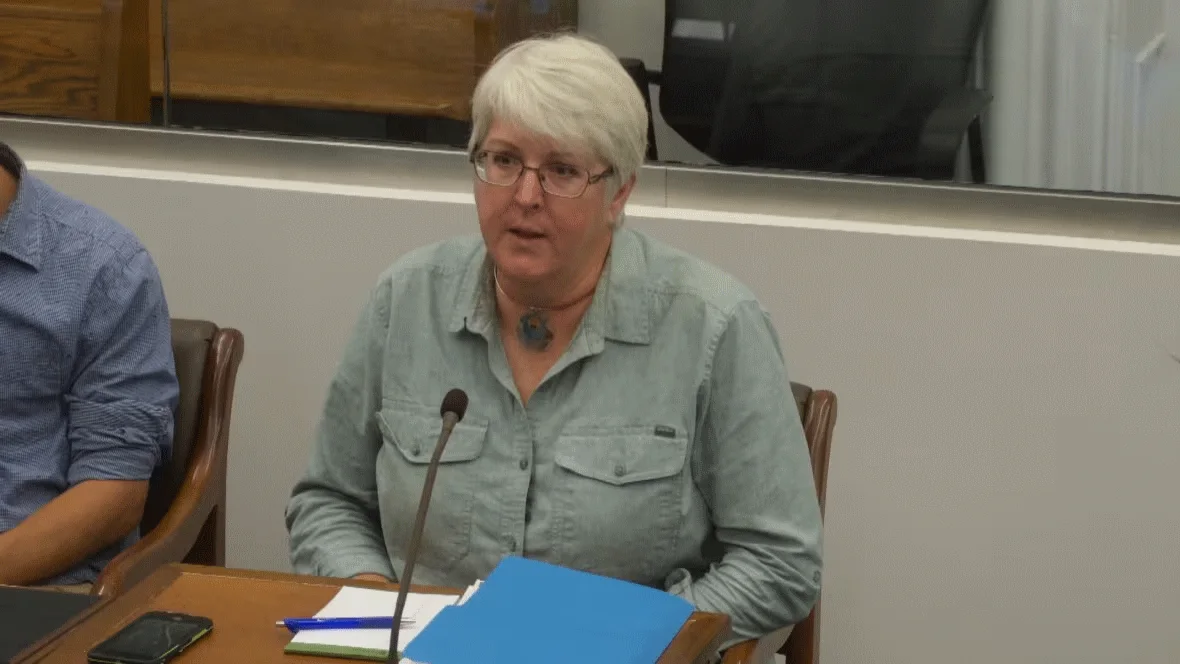
Wildfire risk from Fiona debris has lessened in P.E.I.'s forests, says official
Post-tropical storm Fiona caused extensive damage to P.E.I.'s forested areas, leaving many Islanders wondering about the state of cleanup operations and the fire risk posed by the debris left behind.
Thursday, MLAs got an update from experts on a post-Fiona forest report during a legislative standing committee on natural resources and environmental sustainability.
DON'T MISS: Could a storm like Hurricane Fiona happen again?
Kate MacQuarrie, P.E.I.'s director of forests, fish and wildlife, told the committee that about 1,270 hectares of forest have been salvaged to date, representing about five per cent of the area affected by Fiona.
"We've seen continual forest fires across Canada. It doesn't seem like a big jump to think could that happen here," MacQuarrie said.
"While we are extremely mindful of fire, we're increasing our preparation, we're increasing our ability to respond, to prevent, to mitigate."
MacQuarrie said not every wind-affected area can be salvaged, so the operation is being prioritized based on the landowners' goals.

Kate MacQuarrie, P.E.I.'s director of forestry and wildlife, told a legislative standing committee on Thursday that the wildfire risk posed by dead trees following post-topical storm Fiona has decreased. (Legislative Assembly of P.E.I.)
Prior to Fiona, she said, the province had already started to expand its fire fleet, and a new category of Type 3 firefighter has been created to act as a reserve if needed.
She said about two dozen people will be going through the Type 3 firefighter program this year.
'Natural fire breaks'
MacQuarrie said the province is helping landowners understand what measures they can take to reduce the risk of fire. She said the province is working with Natural Resources Canada in that regard.
Drawing reference to the wildfires currently raging in Western Canada, she said there is a much lower likelihood of such events in this province.
"The landscape on P.E.I. is very different than the landscape out west. We're very fragmented," MacQuarrie said.
"We've got natural fire breaks in terms of fields and roads."
MUST SEE: Life preserver that survived Fiona is a reminder of climate change effects
In terms of what to do with the forest debris once it is collected, MacQuarrie said some landowners who have a safe place to burn that meets provincial regulations have that option.
She said some of the debris could be used as biomass for heating.
MacQuarrie said the province's transportation department did a good job in its emergency response and helping landowners get rid of some of the post-Fiona debris.
"I know there's a lot still out there and I think it will take a multi-pronged approach to help landowners deal with it and ... meet them where they are."
This story was originally published by CBC News on September 27, 2024.









